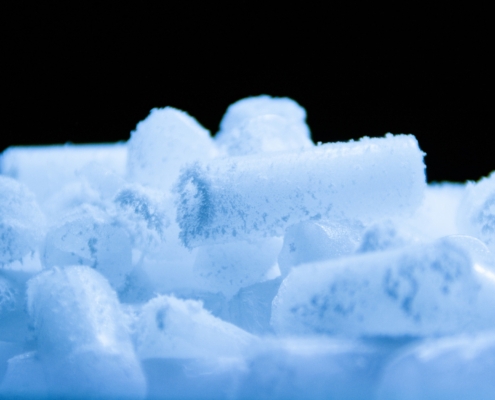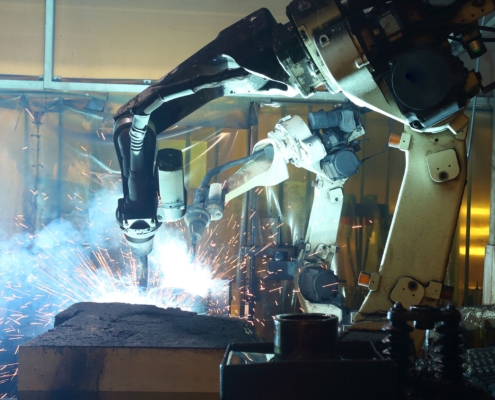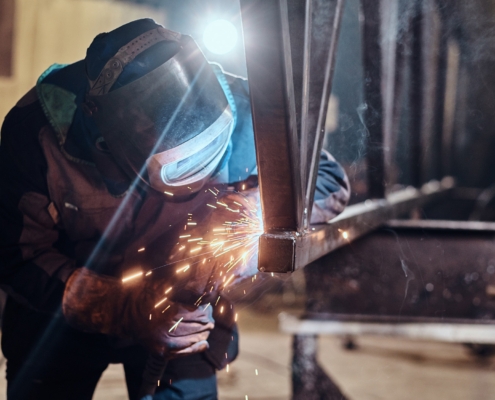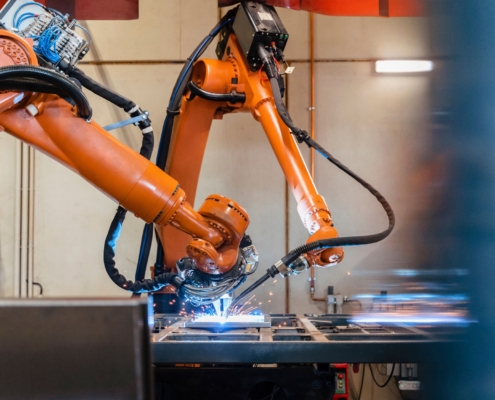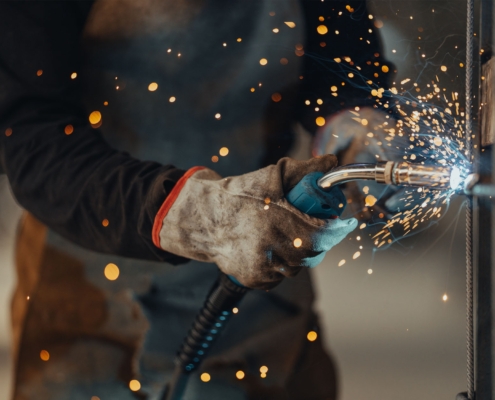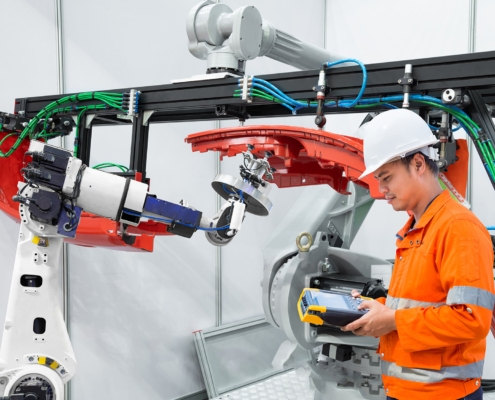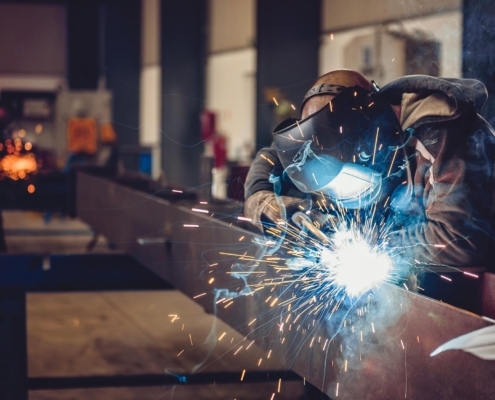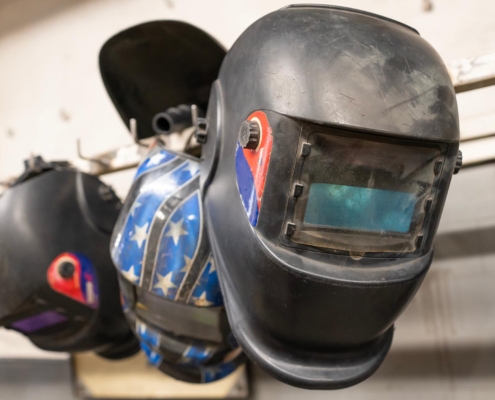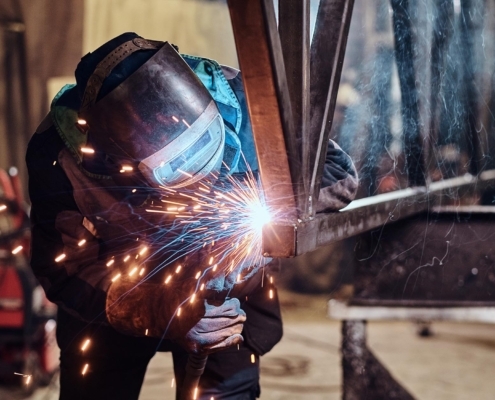Using suitable techniques for the materials and joint types lessens cracking. Maintain interpass temperatures below critical points to avoid heat buildup and excessive residual stress causing hot tears. Use low heat input and small weld beads with sufficient overlap.
Additionally, watch the bead shape and angle to prevent poor fusion-inducing cracks. In fillet welds, avoid excessively concave profiles. Ensure proper torch angle without excess undercut or overlap. Follow all joint preparation specifications to enable access and prevent flaws.
Moreover, set optimal travel speeds, voltages, electrode angles, and gun positions to achieve robust welds. Always use the recommended shielding gas, flow rates, and nozzle distances as per welding codes.

